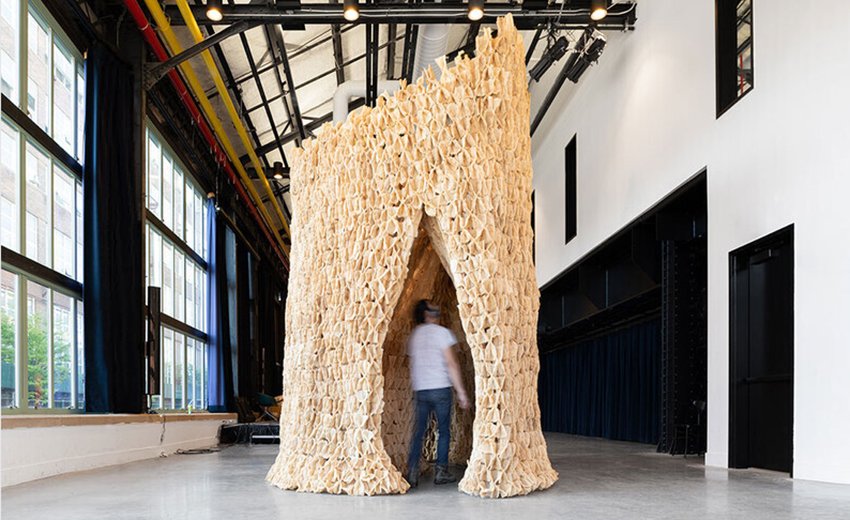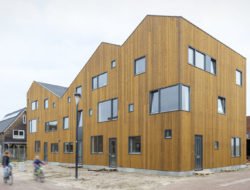Advances in biotechnology open up tremendous opportunities for materials that can fundamentally change the connection between the built environment and the natural world.
Real estate developments and the materials used represent 11% of greenhouse gas emissions. The sector can contribute to curbing climate change in the years to come, provided that it changes its practices and the resources used. New, more sustainable materials are also the subject of recent developments in bio-engineering.
Towards a new type of architecture
At Boulder University (Colorado, USA), the Living Materials Laboratory studied a new cementless building material which, unlike concrete, is fully recyclable. The team used green algae-like microorganisms that use CO₂ and sunlight to grow. By exploiting the exponential growth of bacteria, researchers have “grown” building blocks.
Mycelium is another promising possibility for construction. Materials derived from it have good insulation properties, are flame-retardant and do not produce toxic gases.

Harnessing the exponential growth of bacteria, researchers have ‘grown’ green, algae-like microorganisms that use CO2 and sunlight to grow.
Favouring organic products
A lot of research aims to find alternatives to traditional concrete. For example, in Great Britain, researchers have developed self-healing concrete using an enzyme that can seal millimetric cracks and prevent further damage to the material.
In several countries, architects, designers and engineers are currently researching the production of living engineering materials that would metabolise their waste, help reduce pollution, make building processes more efficient and even produce energy.
As we can see, even if most of these projects are still at the experimental stage, these research areas make it possible to imagine a construction sector that can contribute effectively to decarbonisation and mitigate climate change to fully comply with the climate and environmental objectives of the European Green Pact.
Tags: Bio-engineering, biotechnology, green technology, organic products, sustainable architecture






































